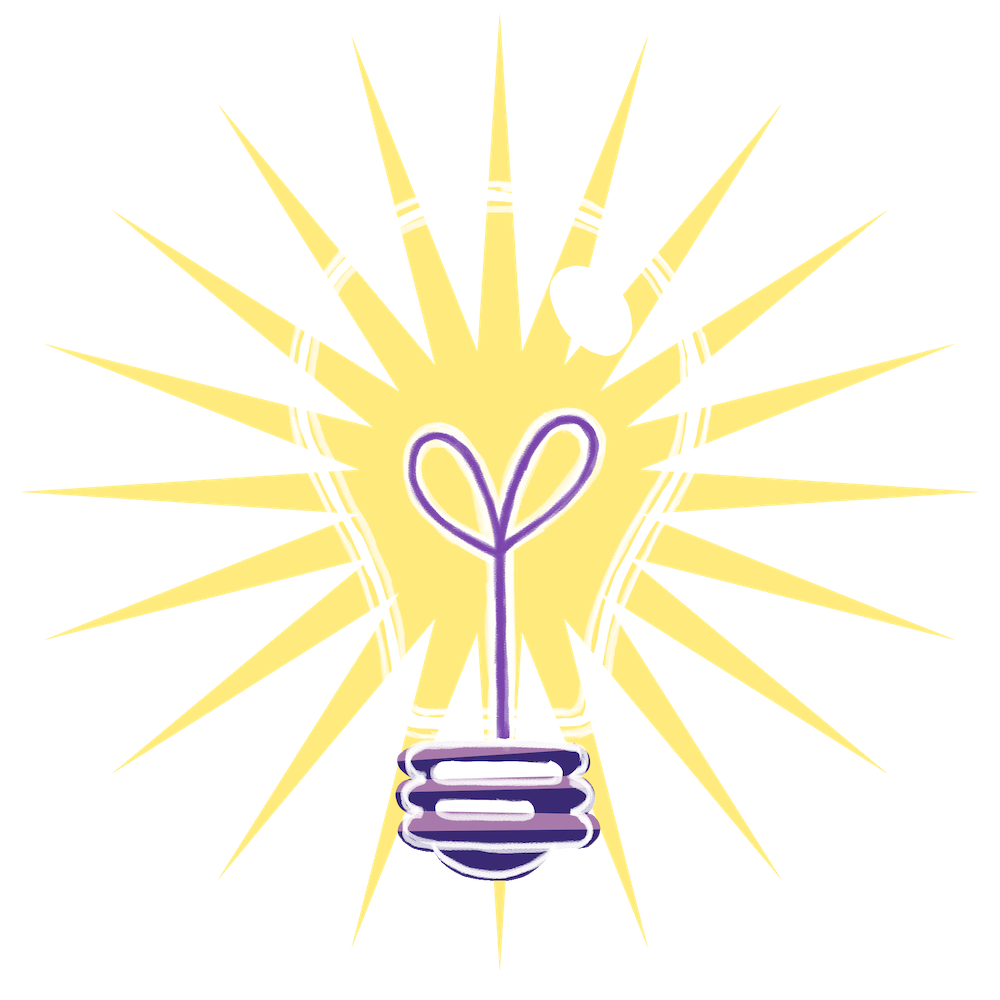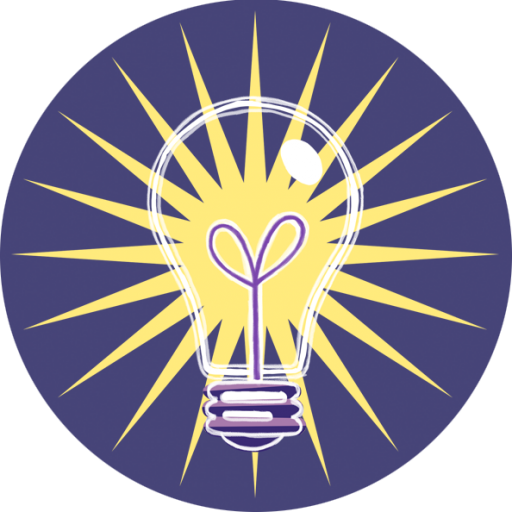Autism is ‘a diverse and mystifying condition’ (National Autism Society), where people live in their own world and communication is almost impossible. Learners with autism experience difficulty with imagination, may be resistant to change, have sensory difficulties or may be hyperactive.
Neurodiversity may be every bit as crucial for the human race as biodiversity is for life in general. Who can say what form of wiring will prove best at any given moment? Cybernetics and computer culture, for example, may favour a somewhat autistic cast of mind.
Harvey Blume
In UK universities, roughly 2.4% of the UK student population has been diagnosed with autism. Less than 40% of these students survive to finish their degrees.
How shoddy is that?
Then there are the learners with autism who either haven’t been ‘diagnosed’ (hateful word – belongs to the medical model of ‘disability’) or have kept silent about their autism. How have they been treated? Those that we know about are the tip of an iceberg.
von Below et al. (2021) demonstrate that even those who see themselves as knowledgeable fall short in their response to their students with autism: there is ‘an attitude-behaviour gap’. For academic staff, a good place to start is by explaining the course design to learners so they know what to expect.
Areas where learners with autism have specific needs
The three main difficulties for learners with autism spectrum disorder (ASD) are: social communication, social interaction, social imagination. There is often an overlap between ASD, dyslexia, dyspraxia, ADHD and epilepsy. Many students with ASD do not want to admit they have a disability.
Social communication: Learners may have difficulty understanding or generating conversation; may be confused by jokes, metaphor and sarcasm.
Social interaction: Learners may have difficulty with friendships and in understanding what is appropriate behaviour.
Social imagination: Learners may be imaginative in conventional sense, but difficulties may include:
- imagining outcomes or predicting what will happen next in social situations;
- understanding or interpreting people’s thoughts or feelings.
- People with AS may also have a love of routines, special interests, sensory difficulties.
More things to consider
Love of routines: To make the world less confusing, people with ASD may set up rules or rituals which they insist on following. They often prefer their day to be ordered to a set pattern. Unexpected changes to the timetable may create anxiety and distress.
Special interests: People with AS may develop an intense, sometimes obsessive interest in a hobby or collecting.
Sensory difficulties: All senses may be affected. People with ASD may be over or under sensitive to sensory stimulation, e.g. bright lights, strong smells, loud noises, touch may cause anxiety or pain.
There may also be reduced body awareness; people with ASD may bump into objects, have difficulty with motor tasks, rock or spin to regain balance or deal with stress.
How learning designers can support autistic students
For learning designers, here are four troublesome areas that might be explored as a step towards fully integrating autistic students into classes. Improving these areas is likely to benefit all students:
- Instructions: Autistic students are likely to have difficulty in interpreting ambiguity. Ensure instructions are written in clear and unambiguous language and provide a step-by-step breakdown of what students are required to do.
- Assignments: Include indicative timings which suggest how long students should spend on aspects of the assignments. ASC students may not be able to decide which areas require more effort than others.
- Learning materials: Avoid using high-contrast colours to improve readability.
- Resource/reading lists: Make it very clear what is Essential and what is Optional. It might be useful to ensure this is explained in class too. Some autistic students may read everything and find that they do not have time to complete their assignments. Think also about what other advice/guidance might be given around the resource lists.
- Teamwork: With their social difficulties, teamwork is a very painful place for most autistic students – and many others. If possible, include a session on effective approaches to teamworking. If this isn’t possible, include clear guidance about ways to work effectively in teams. You could assign roles to students and make it clear what those roles entail. You could also construct teamwork projects so that teams are assessed on how they work together, not simply on the output they produce.
The strengths of autistic people are increasingly sought after by businesses across the world. The 40% autistic student drop-out rate is a horrible waste.
Grant me the dignity of meeting me on my own terms … Recognise that we are equally alien to each other, that my ways of being are not merely damaged versions of yours. Question your assumptions. Define your terms. Work with me to build bridges between us’ (Jim Sinclair, 1993, National Autistic Society, NAS)
NB. The term ‘autistic student’ or ‘autistic learner’ was used here to meet the wishes of autistic students. They also prefer the description ‘Autistic Spectrum Condition’ (ASC) to any term that suggests a disorder or a deficit.
Got a question about learning design?
Then please just post it in the comments below, and the Ding team would be happy to try and answer it for you!
You might also like:
- Alevizos, K. and Gaynor, Z. (2020) Communication in a Neurodiverse World.
- Universal Design for Learning – a quick summary
- von Below, R., Spaeth, E. and Horlin, C. (2021) Autism in Higher Education: dissonance between educators’ perceived knowledge and reported teaching behaviour. International Journal of Inclusive Education, pp..1-18
- Supporting teamwork through learning design – Ding
- Anticipating dyslexia benefits all learners
- Supporting learners with dyspraxia
Thank you to:
- Ray Martin for help with researching and producing this article.
- Element5 Digital on Unsplash for another fabulous photo!



